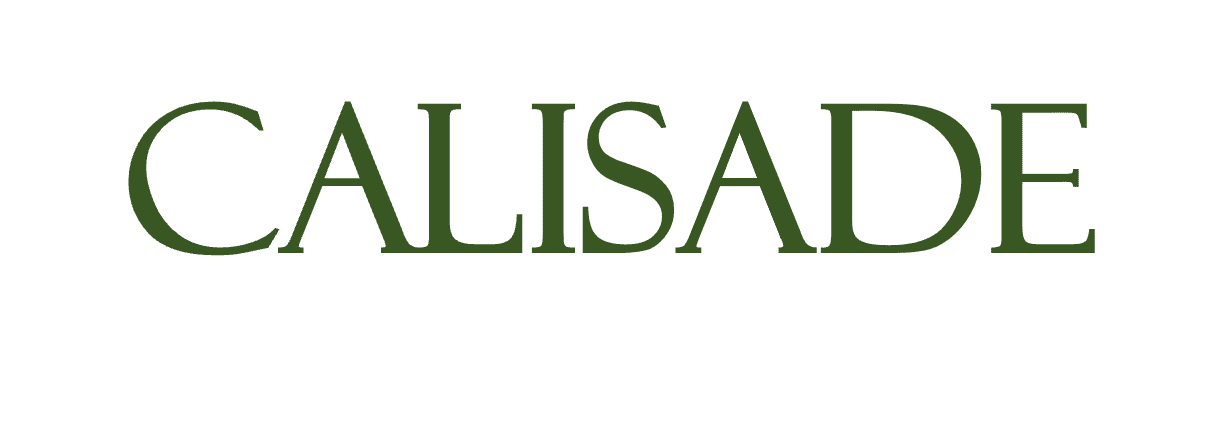The Week That Was & The Week Ahead: July 21, 2025 Edition
Calisade Capital is an asset management firm that delivers institutional advisory services and weekly insights to the retail market via its Calisade Digests. Calisade focuses on creating alpha through robust macro, fundamental, technical, and sentiment research.
Last week was all about the big banks and the consumer. Major money-center earnings surprised to the upside, macro data painted a picture of sticky but manageable inflation, and the consumer showed continued strength across both spending and sentiment. While Treasury yields drifted higher and tariff-related inflation effects became more visible, equity markets remained firm. Investors now look ahead to global central bank updates and a flood of economic releases that will shape the August setup.
The Week That Was (July 14 to 18, 2025)
Wall Street’s biggest banks kicked off earnings season with a show of strength, leveraging market volatility to post standout trading numbers while maintaining credit quality and returning capital to shareholders.
Major Bank Earnings Impress
JPMorgan Chase led the charge with $15 billion in profit and adjusted earnings per share of $5.24, beating expectations. Trading revenues jumped 15% to nearly $9 billion. While net interest income ticked up modestly, CEO Jamie Dimon struck a cautious note, flagging Fed risk and tariff strain as lingering headwinds.
Goldman Sachs followed with a record quarter in equities trading, as stock-related revenue soared 36% to over four billion dollars. Fixed income and commodity divisions also broke records, pushing total revenue up 15% year over year.
Morgan Stanley showed a similar dynamic. Profits rose 15% as its wealth management arm expanded strongly, with client assets reaching $8.2 trillion. Investment banking remained soft.
Bank of America, Citigroup, and Wells Fargo rounded out the group with solid reports. Citigroup posted a 25% rise in profit while Wells Fargo saw gains in trading but lowered full-year interest income guidance. Importantly, the Federal Reserve lifted its asset cap on Wells Fargo, allowing further balance sheet expansion.
Common Threads Across the Sector
The dominant theme was volatility-driven trading gains across all major banks. Net interest income improved by 2%-3% across most firms, but some like Wells Fargo turned more cautious. Fee and investment banking revenues recovered, and credit quality remained robust with low delinquencies and fewer provisions. Banks increased dividends and buybacks following favorable stress test results, yet most CEOs issued warnings around potential tariff disruptions and unclear monetary policy paths.
The broader takeaway: volatility and client activity drove quarterly outperformance, but pressure on interest margins and global uncertainty could cap future upside.
Macro Data: A Mixed but Resilient Picture
The Consumer Price Index for June rose 0.3% month over month, the largest jump since January. Headline inflation moved to 2.7% year over year while core inflation climbed to 2.9%. The upward drift, partly driven by tariff-related pressures, leaves inflation comfortably above the Fed's 2% target.
Retail sales provided a welcome surprise, rising 0.6% in June after a sharp decline in May. Strength was broad based with notable gains in autos, restaurants, and clothing, while electronics and imported appliances lagged. Year over year, total sales grew nearly 4%, confirming the durability of consumer demand.
Building permit data from May, the latest available, showed a decline to 1.39 million units, the lowest level since mid-2020. Markets expect June data to show continued softness as affordability challenges and higher mortgage rates weigh on housing activity.
Finally, consumer sentiment rebounded sharply in June with the University of Michigan index rising over 16% to 60.7%. Preliminary July readings suggest sentiment has stabilized at these improved levels, supporting expectations for sustained household spending.
The Week Ahead (July 21 to 25, 2025)
We’re stepping into a key week full of central bank decisions and major earnings releases. Investors will be watching closely to see if policy remains steady, growth holds up, and earnings keep supporting this extended rally.
Central Bank Watch
On Monday, the People’s Bank of China is widely expected to keep interest rates unchanged. However, any dovish surprise or even cautiously worded commentary could reverberate through Asian markets, shaping broader risk sentiment for the week.
Attention then turns to the European Central Bank on Thursday. With the euro zone facing mild headwinds from escalating U.S. tariff rhetoric, markets anticipate the ECB will maintain its benchmark rate at 2.00 percent. Still, any dovish language or hint of future rate cuts could weigh on the euro and provide a tailwind for risk assets globally.
Key Earnings Releases
On Monday, July 21, Verizon will release its second-quarter results ahead of the market at 7 a.m. ET, followed by an investor webcast at 8:30 a.m. ET. NXP Semiconductors will announce its Q2 2025 results after the NASDAQ market closes the same day.
Tuesday brings a full slate of releases, beginning with Texas Instruments reporting early in the day and General Motors and Coca‑Cola following pre‑market.
Wednesday, July 23 will be the busiest day of the week, featuring AT&T, CME Group, and Thermo Fisher Scientific delivering results before the market opens, followed by Alphabet, Tesla, and IBM reporting after the close.
On Thursday, July 24, Intel will report its second-quarter earnings after the market closes, while CTS Corporation and Honeywell International will both announce their Q2 results prior to market opening.
Finally, on Friday, July 25, Aon will release its Q2 earnings before the market opens at 6 a.m. ET, followed by a conference call at 8:30 a.m. ET. HCA Healthcare and Centene are also scheduled to report that day.
The Bottom Line
Expect a busy week ahead for earnings with critical data points across top sectors. Markets will be reacting not just to headline beats/misses, but also forward guidance from corporate America, all against a backdrop of evolving macro policy.

